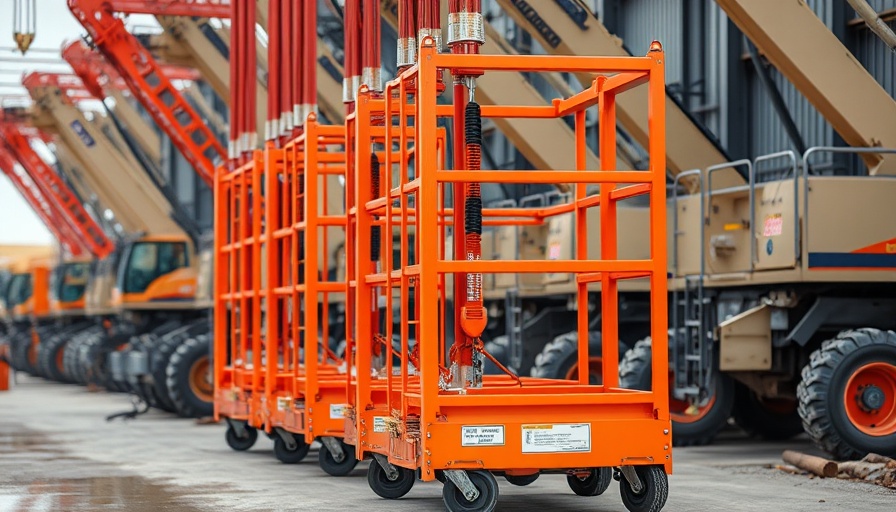
Rising Demand for Fall Protection Rentals in Construction
The construction industry is enduring an era defined by urgency and efficiency. Job sites are bustling with activity as contractors scramble to keep projects on track amidst labor shortages, tight budgets, and a heightened focus on safety regulations. In this landscape, the growing trend of renting fall protection equipment emerges as a pragmatic solution for many businesses.
Understanding the Benefits of Renting Over Buying
Contractors are increasingly aware that the cost of buying and maintaining fall protection gear can escalate quickly. Renting not only alleviates these financial burdens, but it also ensures immediate access to high-quality, certified safety equipment without the lengthy procurement processes. For instance, companies like Malta Dynamics have established extensive fleets dedicated to delivering a diverse array of fall protection tools, from mobile units to harness kits, tailored to meet the evolving needs of the job site.
A Strategic Solution to Safety Compliance
With OSHA regulations becoming more stringent, adhering to safety standards is crucial for any contractor. Renting allows firms to remain agile and compliant without investing significant capital upfront. The focus for smart contractors becomes not merely compliance, but enhancing overall job site safety, workforce morale, and productivity. Expert training is often included with rentals, providing workers with the knowledge and skills necessary to navigate complex job environments safely.
Who Benefits Most from This Trend?
Business owners and property developers stand to gain from the rental model by streamlining operations and improving their bottom line. As safety becomes increasingly integral to construction success, those who can pivot to rental models are finding themselves at a competitive advantage. This flexibility also benefits socially conscious organizations that prioritize worker health and safety over costly equipment ownership.
Connecting the Dots: Future Predictions in Construction Safety
The future of construction looks to be increasingly tech-driven, with innovations in safety gear and rental options likely to expand. Upcoming developments could include more advanced monitoring systems that ensure equipment compliance and enhance the safety of on-site workers. As industry standards continue to evolve, early adopters of these rental strategies might enjoy a significant edge in safety and operational efficiency.
Conclusion: The Strategic Move to Rental
In an industry where adaptability is crucial, the trend of renting fall protection equipment is transforming how contractors approach safety. This method not only fosters compliance with regulations but also supports businesses in maximizing efficiency and minimizing costs. As you assess your own operational strategies, consider how leveraging rental options could bolster your construction project’s success.
 Add Row
Add Row  Add
Add 




Write A Comment